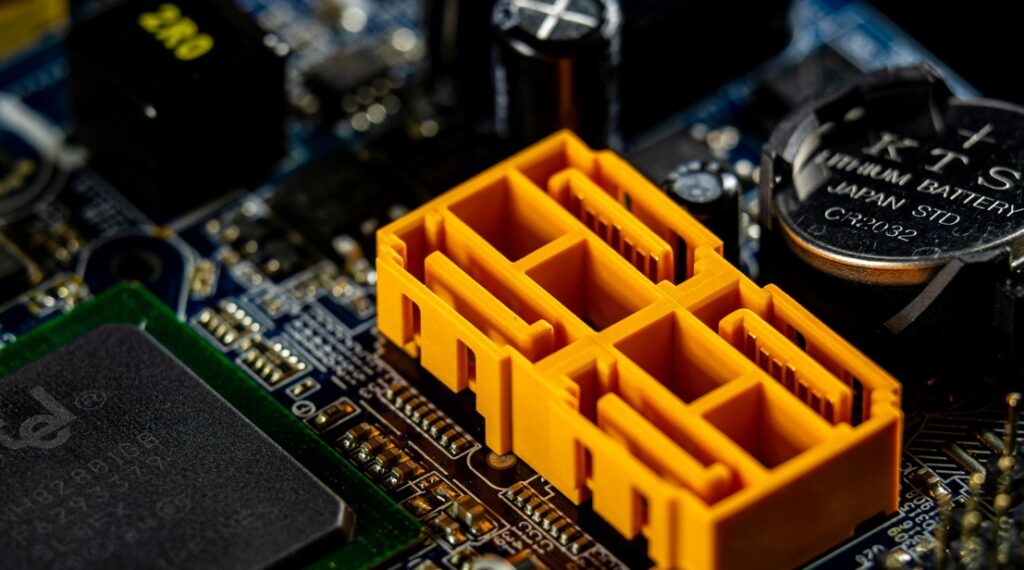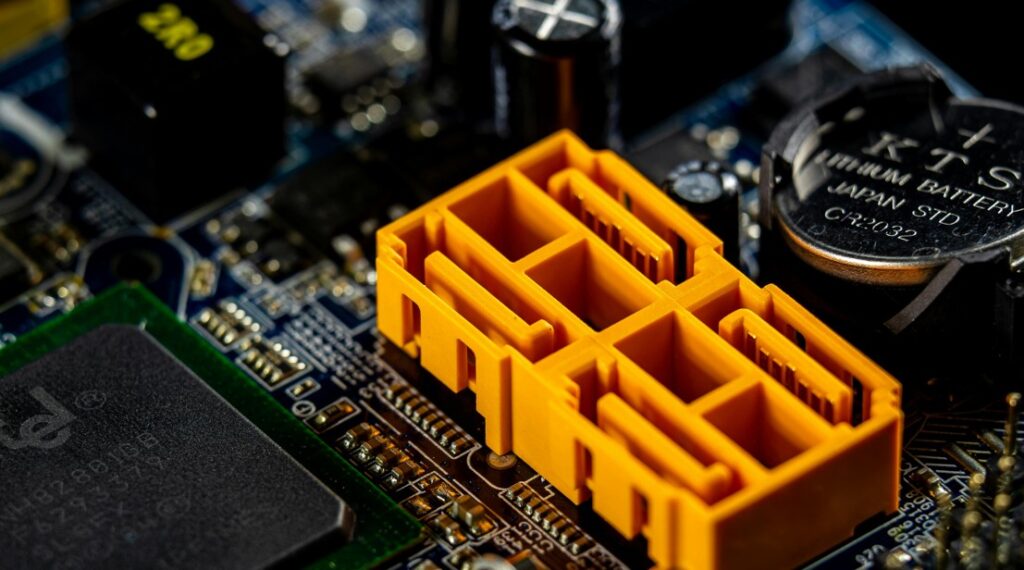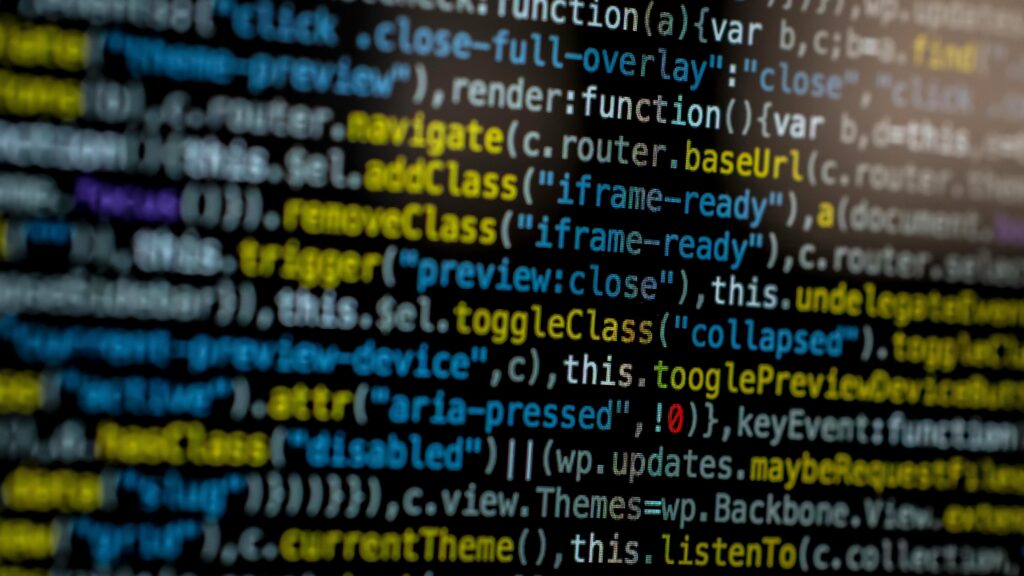When I first started studying computer science, one question stood out: what is a control unit? This component seemed to be at the heart of everything a computer does. The control unit manages and coordinates how instructions are processed, guiding the flow of data between hardware parts. In this article, I’ll explain what is a control unit, how it works, and why it’s such a vital part of every computing system.
What is Computer Science?
First, let’s briefly look at computer science itself. It’s the study of computers and computational systems. Unlike what some might think, it’s not only about programming or coding. Instead, computer science covers the theory, experimentation, and engineering behind computers. It involves algorithms, data structures, networks, and hardware components like the control unit itself.
Definition
So, what is a control unit? Simply put, it is the “brain within the brain” of a computer. It manages and directs operations by interpreting instructions stored in memory. It fetches commands from memory, decodes these instructions, and then initiates the necessary steps to execute them.
Basically, every action your computer performs, from opening an app to calculating a spreadsheet, relies on the control unit. Without it, your computer wouldn’t know what to do next.
How it Works
Here’s how the control unit operates step-by-step:
Fetch Phase
First, it retrieves an instruction from the computer’s memory. This step is called the fetch phase. Then, it stores this instruction temporarily in an Instruction Register (IR).
Decode Phase
After fetching, the control unit decodes the instruction to understand what needs to happen.
Execute Phase
Next comes the execution phase. Depending on the decoded instruction, the control unit may perform various tasks, such as:
- Transferring data between memory and registers
- Executing arithmetic operations in the ALU (Arithmetic Logic Unit)
- Making decisions like jumping to different parts of the program
As a result, the control unit continually cycles through fetching and executing instructions as long as the computer remains powered. This repetitive cycle is the core of computer operation.

Types of Instructions Managed by Control Units
Control units handle three main types of instructions:
- Arithmetic and Logical Instructions: Operations like addition, subtraction, or logical comparisons.
- Data Transfer Instructions: Moving data between memory and processor registers, including loading data into a register or storing data back into memory.
- Branch Instructions: Changing the sequence of operations by altering the program counter (PC), either conditionally or unconditionally, enabling loops and decision-making.
Final Thoughts
Exploring what a control unit is has deepened my understanding of computer operations. Even though it works behind the scenes, this tiny component manages critical functions that keep computers running smoothly. Therefore, next time your device effortlessly completes a task, you’ll know the control unit is diligently at work.
What’s Next?!
Now that you understand what a control unit is and how it manages the flow of instructions inside a computer, it’s time to look at another key player in program execution. In my next article, “Stack Pointers: How They Control Program Flow and Memory,” I’ll explain how stack pointers keep track of data, function calls, and memory operations. Join me to see how they ensure smooth, efficient, and organized program execution at every step.
Credits: Photo by Sergei Starostin from Pexels




